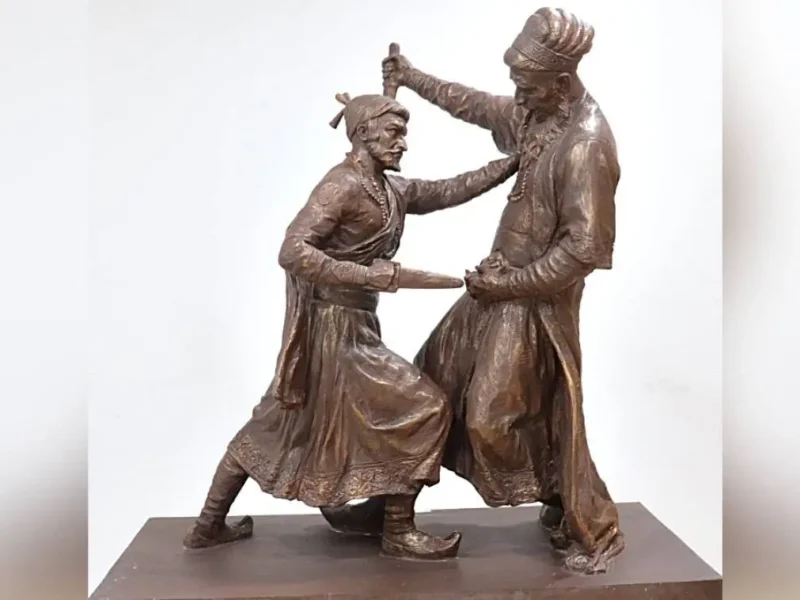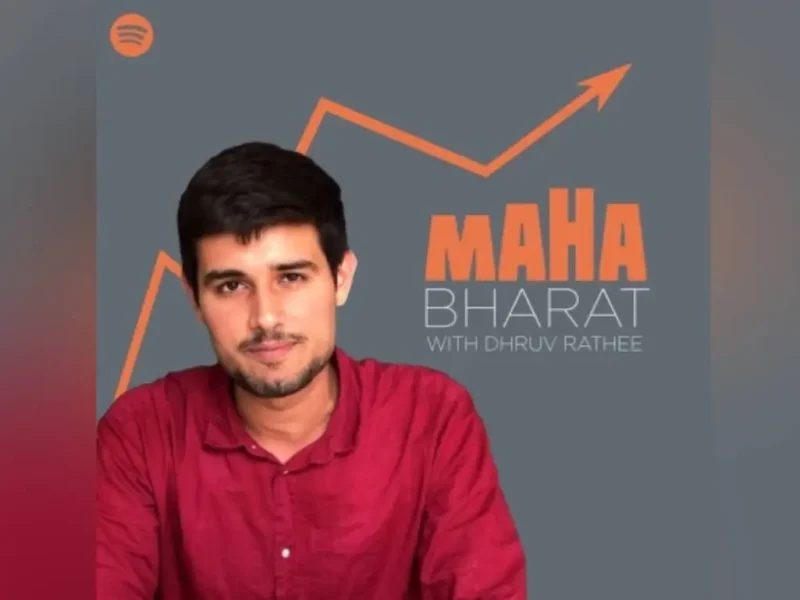
India’s Govt. Eases Hospital Oxygen Shortage as Demand Jumps
Health care workers wearing PPE kits treat COVID-19 patients at a COVID care center in New Delhi May 6. The government May 6 raised the oxygen supply to 730 tons from 490 tons per day in New Delhi as ordered by the Supreme Court. (ANI photo)
ASHOK SHARMA/Associated Press
NEW DELHI — Under order by the Supreme Court, India’s government agreed on May 6 to provide more medical oxygen to hospitals in the capital, potentially easing a 2-week-old shortage that worsened the country’s exploding coronavirus crisis.
Government officials also denied reports that they have been slow in distributing life-saving supplies donated from abroad.
The government raised the oxygen supply to 730 tons from 490 tons per day in New Delhi as ordered by the Supreme Court. The court intervened after 12 COVID-19 patients, including a senior doctor, died at New Delhi’s Batra Hospital when it ran out of medical oxygen for 80 minutes last week.
On May 5 night, 11 other COVID-19 patients died when pressure in an oxygen line dropped suddenly at a government medical college hospital in Chengalpet in southern India, possibly because of a faulty valve, The Times of India newspaper reported.
Hospital authorities said they repaired the oxygen line last week, but the consumption of oxygen had doubled since then, the newspaper said.
The number of new confirmed cases in India May 6 breached 400,000 for the second time since the devastating surge began last month. The 412,262 new cases pushed the country’s official tally to more than 21 million. The Health Ministry also reported 3,980 deaths in the past 24 hours, bringing the total to 230,168. Experts believe both figures are an undercount.
K. Vijay Raghvan, a principal scientific adviser to the government, called the explosion of cases “a very critical time for the country.”
Demand for hospital oxygen has increased sevenfold since last month, a government official said, as India struggles to set up large oxygen plants and transport oxygen to where it is needed. India on Tuesday stated ferrying oxygen tankers from Bahrain and Kuwait in the Persian Gulf, officials said.
Most hospitals in India don’t have their own plants that generate oxygen for patients. As a result, hospitals typically rely on liquid oxygen, which can be stored in cylinders and transported in tank trucks. But amid the virus surge, supplies in hard-hit places such as New Delhi have run critically short.
Dr. Himaal Dev, chief of the critical care unit at Apollo Hospital in the southern city of Bengaluru, said COVID-19 patients in ICU wards require at least 10-15 liters of oxygen per minute because of their reduced lung function.
Health Minister Harsh Vardhan said India has enough oxygen but is facing capacity constraints in moving it. Most oxygen is produced in the eastern parts of India while the demand has risen in northern and western parts.
The outbreak has been spreading to neighboring countries which share porous borders with India.
In Nepal, thousands of people rushed to leave the country ahead of a halt to all international flights because of spiking COVID-19 cases.
Nepali citizens leaving to report back for jobs in foreign countries or to visit family members and a few foreign tourists lined up at Kathmandu’s airport before flights ceased at midnight May 6. Domestic flights in Nepal have been halted since May 2.
Nepal’s main cities and towns have been in lockdown since last month as the number of coronavirus cases and deaths continues to surge. Nepal recorded its highest daily infections with 8,659 on May 5 and 58 deaths, also a record.
In India, Prime Minister Narendra Modi reviewed the coronavirus situation with top officials May 6 and told them to ramp up the vaccination drive.
The country, with nearly 1.4 billion people, has so far administered 162 million doses but is facing vaccine shortages.
The United States, Britain, Germany and several other nations are rushing therapeutics, rapid virus tests and oxygen, along with materials needed to boost domestic production of vaccines to ease pressure on the country’s fragile health infrastructure.
India’s vaccine production is expected to get a boost with the United States supporting a waiver of intellectual property protections for COVID-19 vaccines.
Vaccine components from the U.S. that have arrived in India will enable the manufacture of 20 million doses of the AstraZeneca vaccine, said Daniel B. Smith, the senior diplomat at the U.S. Embassy in New Delhi.
Last month, Adar Poonawalla, CEO of the Serum Institute of India, the world’s biggest vaccine maker, appealed to President Joe Biden to lift the embargo on U.S. export of raw materials, which he said was affecting its production of COVID-19 shots.
The government meanwhile described as “totally misleading” Indian media reports that it took seven days to come up with a procedure for distributing urgent medical supplies that started arriving from overseas on April 25.
It said in a statement that a mechanism for allocating supplies received by India has been put in place for effective distribution. The Indian Red Cross Society is involved in distributing the supplies from abroad, it said.




